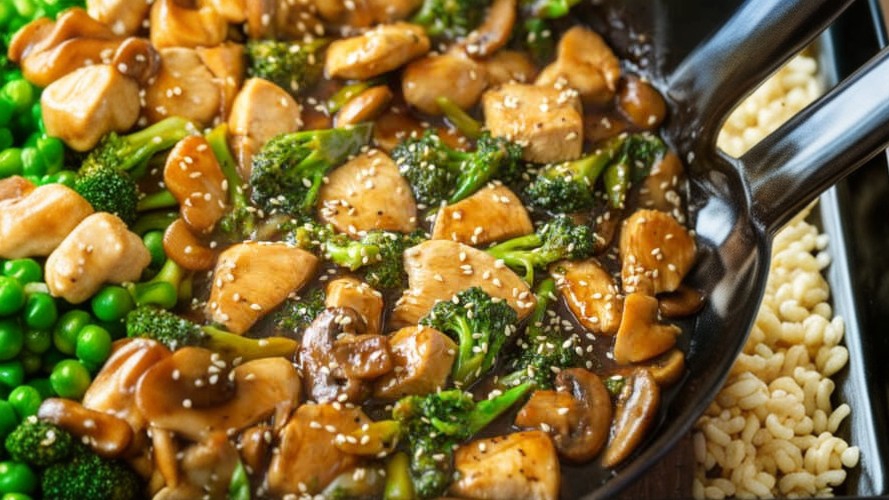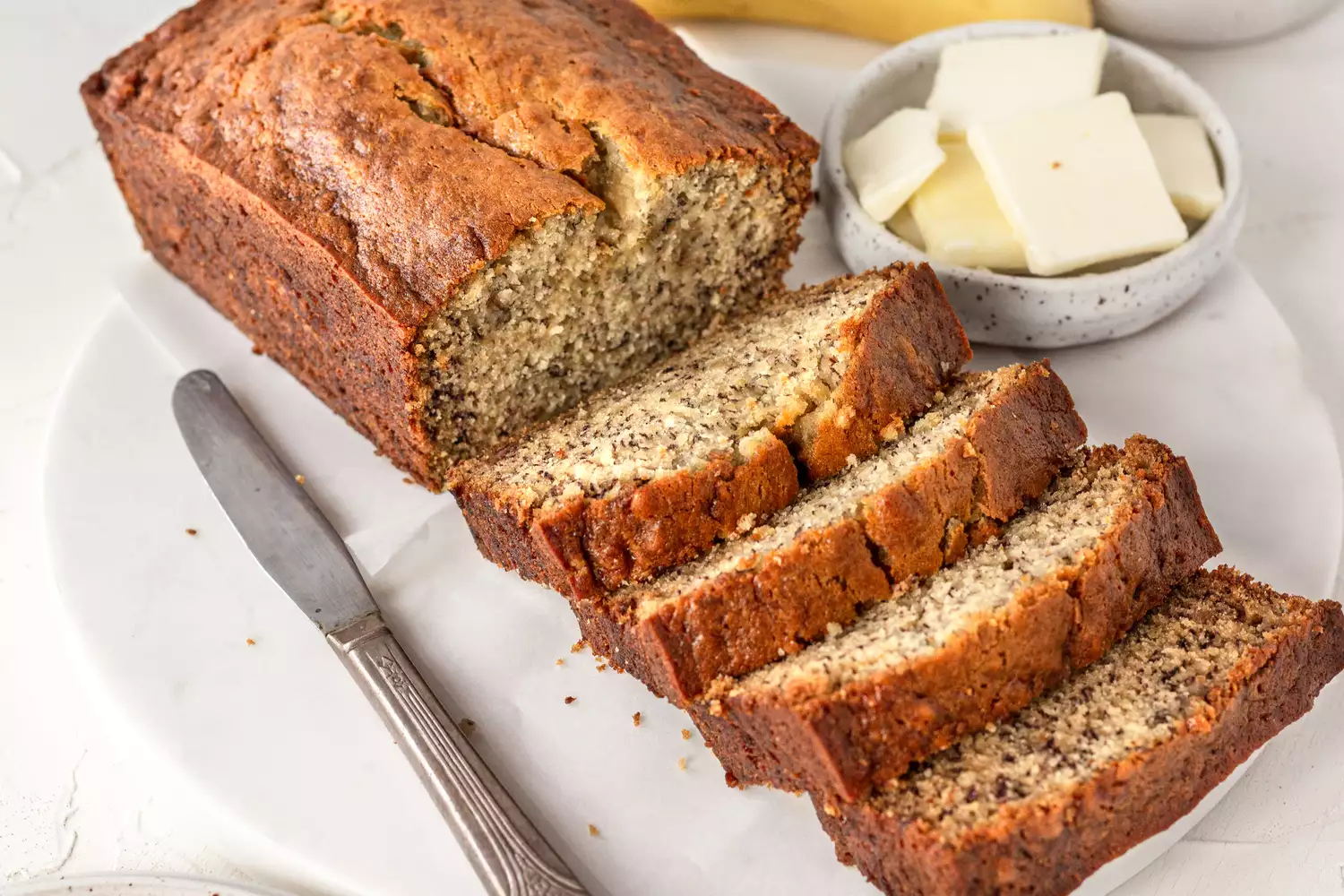pizza sauce recipe Crafting a Pizza Sauce masterpiece entails a graceful orchestration of perplexity and burstiness
This intricate elixir diverging dramatically from mass-produced alternatives
emerges as a delectable accompaniment to your pizza soirées
unveiling its culinary secret this artisanal pizza sauce a paragon of gastronomy

unveils its potential as the quintessential topping for your dairy-free, vegan pizza creations!
pizza sauce recipe the universally adored comfort food, owes much of its charm to its delectable sauce
While you can always opt for store-bought options there’s something truly special about crafting your own pizza sauce from scratch
In this article we’ll take you through a step-by-step journey to making the perfect pizza sauce recipe that will take your homemade pizzas to a whole new level of deliciousness.

You can easily adjust the chunkiness or smoothness in the sauce according to your taste.
For a chunkier version, I stop pureeing the tomatoes sooner, when there are still some bits of tomato left. For a smooth version, I chop the tomatoes finely first and then puree them very well.
Since the method and recipe is easy, you can also feel free to adjust the quantity of herbs as per your choice.
This pizza sauce recipe works well for 8 medium-sized pizzas. If you are making more pizzas, the sauce recipe can easily be doubled.
If you do not use all of the sauce right away, simply store it in a bowl or a jar in the refrigerator and use within the next 10 to 15 days.

pizza sauce recipe is the soul of every pizza, and making it from scratch guarantees that you have entire manage over its taste and quality
In this article, we will guide you through the system of creating a mouthwatering home made pizza sauce recipe it really is clean to prepare and extraordinarily flavorful.

Ingredients You’ll Need
Tomatoes: The Heart of the pizza sauce recipe
To craft the perfect pizza sauce recipe you need ripe, juicy tomatoes. Opt for plum tomatoes, as they are known for their rich flavor and low water content. You’ll need about 6-8 of them.
Aromatics: Building Flavor
- 1 medium-sized onion
- 4-5 cloves of garlic
- 1 tablespoon of olive oil
Step-by-Step Preparation
Blanching Tomatoes: The First Crucial Step
- Start by making a small “X” incision at the bottom of each tomato.
- Boil a pot of water and carefully drop the tomatoes in for about 30 seconds.
- Remove the tomatoes and place them in ice water to stop the cooking process.
- Peel off the tomato skins and dice the flesh.
Sautéing Aromatics: Infusing Depth of Flavor
- Heat olive oil in a saucepan over medium heat.
- Add finely chopped onions and minced garlic.
- Sauté until they become translucent and release their aromatic flavors.

Seasoning Your Sauce
Herbs: Nature’s Magic
- 2 teaspoons of dried oregano
- 1 teaspoon of dried basil
- 1/2 teaspoon of dried thyme
- Salt and pepper to taste
The Sweetness Factor: Balancing Acidity
To balance the acidity of the tomatoes, add a pinch of sugar or honey. Taste and adjust until you achieve the perfect sweet-savory balance.
Simmering to Perfection
- Add the diced tomatoes to the sautéed aromatics.
- Sprinkle in the dried herbs, salt, and pepper.
- Reduce the heat to low and let the sauce simmer for 30-45 minutes, stirring occasionally.
- The sauce should thicken and reduce by about one-third during this time.
Pro Tip: If you prefer a smoother sauce, use an immersion blender to puree it.

Cooling and Storing Your Sauce
Once your pizza sauce has reached the desired consistency, allow it to cool to room temperature. Store it in an airtight container in the refrigerator for up to a week. You can also freeze it for longer storage.
Using Your Homemade Pizza Sauce
Classic Pizza Margherita: A Taste of Tradition
Spread your homemade sauce on pizza dough, add fresh mozzarella, basil leaves, and a drizzle of olive oil. Bake it until the crust is golden and enjoy the classic Pizza Margherita.
Custom Creations: Let Your Imagination Run Wild
Use your homemade sauce as a base for a variety of creative pizzas. Add your favorite toppings like pepperoni, mushrooms, bell peppers, or even pineapple for a unique flavor experience.
Conclusion
Crafting your own pizza sauce recipe is a rewarding experience that guarantees a burst of flavor in every bite of your homemade pizza. With the right ingredients and a little love, you can create a sauce that rivals the best pizzerias in town. So, get creative, experiment, and savor the delightful results of your culinary adventure.

Pizza Sauce – Tips & FAQs
Can I use canned whole peeled tomatoes?
Yes, add one 14 to 15 ounce can of san marzano tomatoes or whole peeled tomatoes. You can crush or puree the canned tomatoes in a blender or use them whole and mash while cooking.
Can I use canned tomato sauce?
Yes, you can use canned tomato sauce. Use could use two 8 ounces can of tomato sauce. But then you do not need to simmer the sauce. Just mix ¼ teaspoon garlic powder, 1 to 2 tablespoons dried basil, ½ teaspoon oregano, salt and pepper and your sauce will be ready in 5 minutes.
Can I use tinned tomato puree?
Yes, you can use packaged or tinned tomato puree. Add about 2 cups of tomato puree. If using tomato puree, you will need to add some water as canned tomato puree is thick. Follow the recipe and simmer after adding tinned tomato puree for about 5 to 6 minutes.
Can I add tomato paste?
Yes you can add about ¼ cup tomato paste.
Can I freeze the pizza sauce?
Yes, you can freeze. I sometimes make a big batch of this pizza sauce recipe and freeze it. Add sauce in ice cubes tray. Let the cubes freeze. Then place the frozen cubes in a freezer safe container. Having a homemade pizza sauce in your freezer, makes it very easy to make homemade pizzas for the entire family.
Can I use tomato ketchup in place of crushed tomatoes?
No, tomato ketchup won’t work in this recipe.

Can I scale the recipe?
Yes, you can easily scale the recipe and make a large batch of the homemade sauce.
What can I use instead of fresh basil?
You can use 1 to 2 tablespoons dried basil in this pizza sauce recipe. If you even do not have dried basil then use Italian seasoning. You can add 1 to 2 tablespoons of Italian seasoning.
What can I use instead of olive oil?
Replace olive oil with a neutral tasting oil like sunflower oil or safflower oil.
Can I add red chilli flakes?
Yes, you can add crushed red chilli flakes.
Can I use Thai basil instead of basil?
Yes, you can do that.
Can I add Italian seasoning?
Yes, you can add 1 to 2 tablespoons of Italian seasoning, but then omit adding the fresh basil and oregano.
How do I make a spicy pizza sauce recipe?
Add about 1 teaspoon of red chilli flakes or 1 teaspoon of cayenne pepper or red chilli powder. Alternatively you can also add 2 to 3 tablespoons of spicy sriracha sauce.
Can I use this pizza sauce recipe to make pasta?
Yes, you can.
Are basil and tulsi (holy basil) the same?
No, they are not the same. Though they come from the same family of plant kingdom, but both are different.
What is the Indian name for oregano?
Oregano is called as sathra or ban tulsi in Hindi language.






